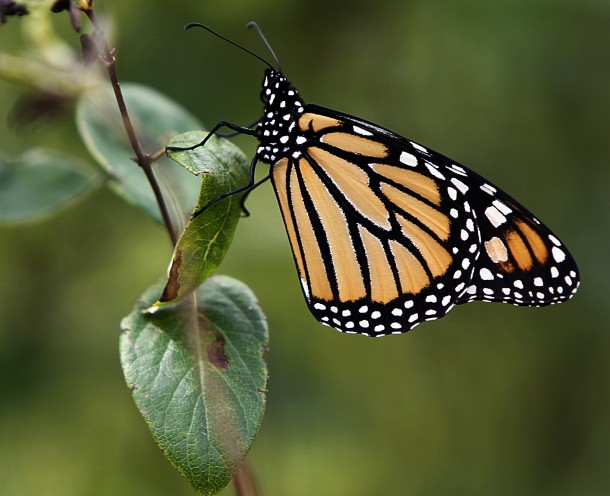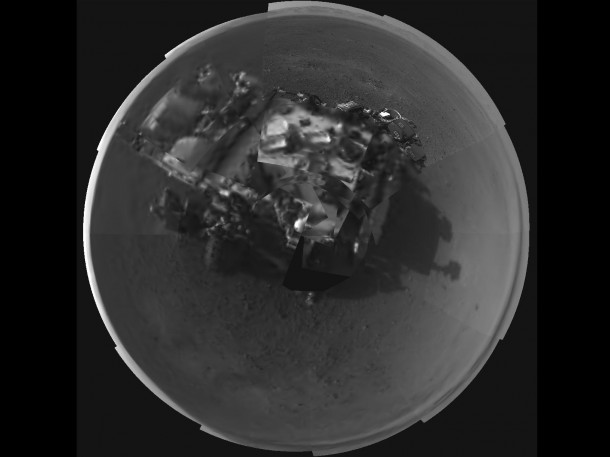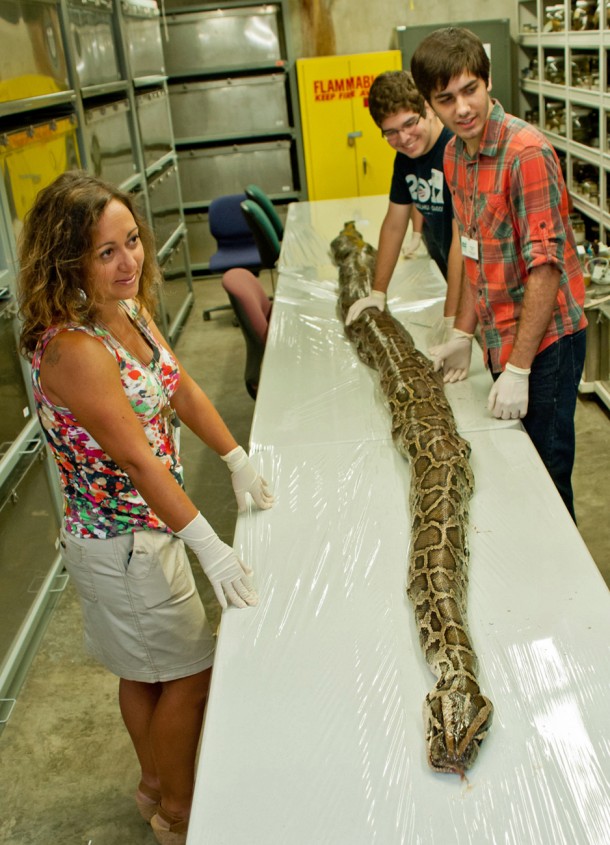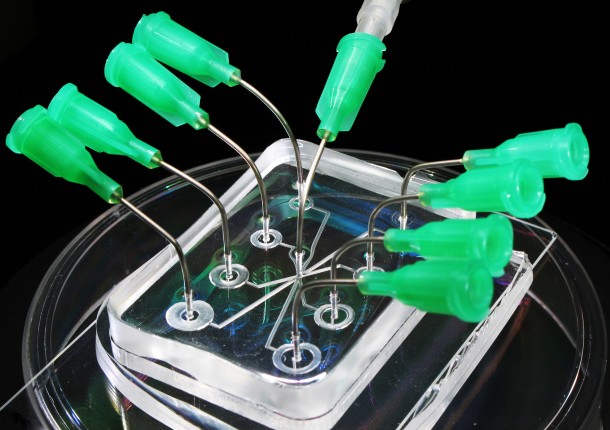
Millions of monarch butterflies are expected to migrate south in less than a month in their seasonal trip from Canada to Mexico. Ecologists in Kansas and Missouri say extreme temperatures in the Midwest could hurt their southern migration. (Photo: AP Photo/Toby Talbot)

NASA’s new Mars rover Curiosity takes a panoramic picture of itself by its navigation cameras. The picture is actually a mosaic of multiple shots taken by the Mars rover. (Image: NASA/JPL-Caltech)

That’s sure one big snake! Researchers at the Florida Museum of Natural History on the University of Florida campus prepare to examine the anatomy of a 17-foot-7-inch Burmese python, the largest found in Florida so far. The more than 75 kg snake carried a state record 87 eggs in its oviducts. (Photo: University of Florida photo by Kristen Grace/Florida Museum of Natural History)

NASA’s Orion spacecraft will take astronauts on missions to destinations far beyond Earth, such as to an asteroid and Mars. This photo shows one of Orion’s main parachutes undergoing a test of recovery procedures for the parachutes. (Photo: NASA/James Blair)

Cave divers exploring a submarine lava tube cave in the Canary Islands for a National Science Foundation-supported expedition, ‘Survey of Anchialine Cave Fauna of the Bahama Islands’ (Photo: Jill Heinerth/NSF)

Lab on a chip (LOC) devices are microchip-size systems that can prepare and analyze tiny fluid samples with volumes ranging from a few microliters (millionth of a liter) to sub-nanoliters (less than a billionth of a liter) and some day could revolutionize how laboratory tasks such as diagnosing diseases and investigating forensic evidence are performed. (Photo: Cooksey/NIST)

Turning its eye to the Tarantula Nebula, the NASA/ESA Hubble Space Telescope has taken this close-up of the outskirts of the main cloud of the Nebula. The Tarantula Nebula is located in the Large Magellanic Cloud, one of our neighboring galaxies, and situated at a distance of 170,000 light-years away from Earth. (Photo: European Space Agency/Judy Schmidt)

Juvenile crocodile captured in Homestead, Florida. Since the croc monitoring program began at the plant in 1978, some 5,000 hatchlings have been captured and marked. (AP Photo/Wilfredo Lee)

The heat shield for NASA’s Mars Science Laboratory is being prepared at Lockaheed Martin Space Systems in Denver. It’s the largest ever built for a planetary mission. (Photo: NASA/JPL-Caltech/Lockheed Martin)

Female pillar coral releases eggs in the Florida Keys National Marine Sanctuary. Researchers say it was the first time anyone has observed female pillar coral spawning. (Photo; AP Photo/Florida Fish and Wildlife Commission, Karen Neely)

 Science World is VOA’s on-air and online magazine covering science, health, technology and the environment.
Science World is VOA’s on-air and online magazine covering science, health, technology and the environment.